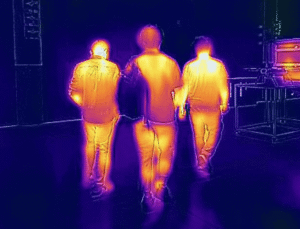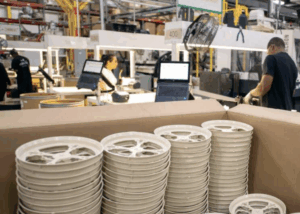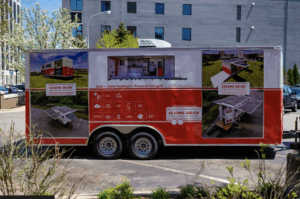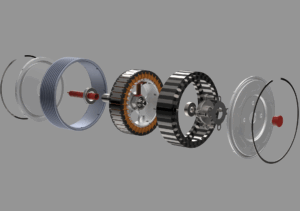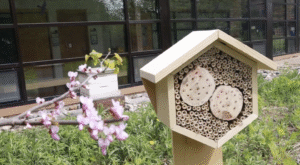
- Kim Kisner
- Business
- 09/02/2025
A Conversation with Protect Environmental
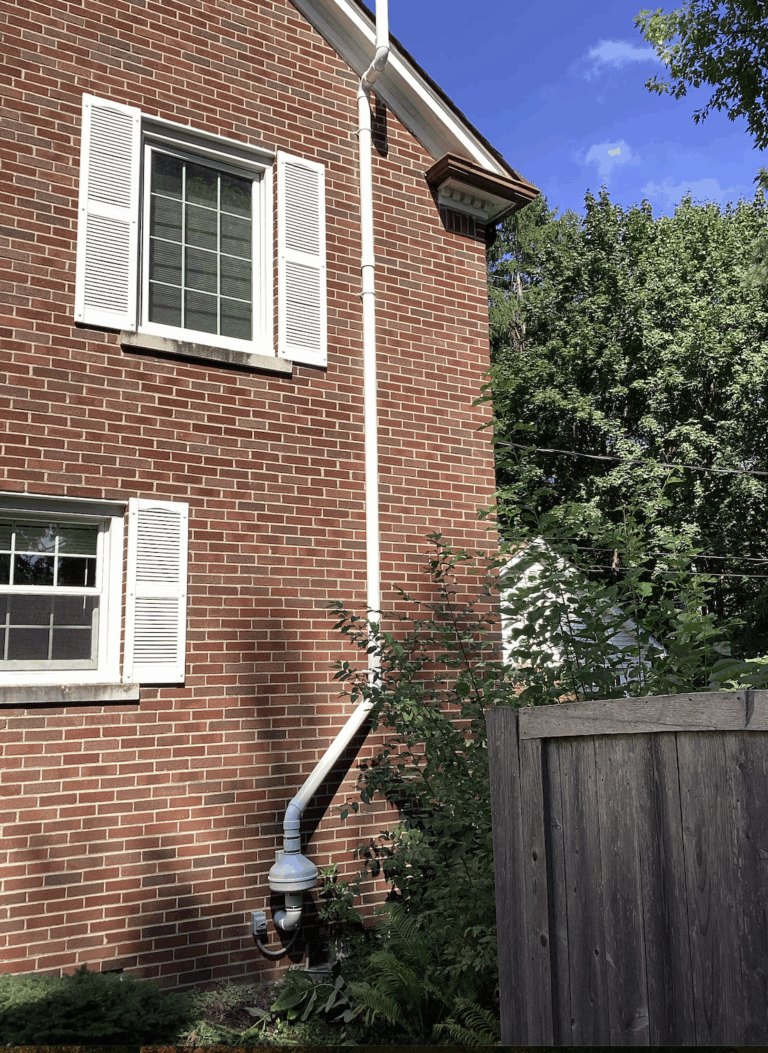
Indoor air quality has become a significant concern for communities across the country, particularly in areas with older infrastructure and a long history of industrial activity. Protect Environmental, a Louisville, Ky.-based company with an office in Ann Arbor, specializes in radon and chemical vapor- intrusion management to help identify and reduce these risks. Its services include testing, system design, and long-term management, with the goal of creating safer and healthier buildings.
SBN Detroit interviewed CEO Kyle Hoylman about the challenges facing Southeast Michigan, how construction trends and climate factors influence air quality risks, and what it will take to make the region a model for risk management.
Q: How susceptible is Southeast Michigan to radon or vapor intrusion issues compared to other regions?
A: Geologically, the state doesn’t have unusually high natural radon potential compared to some areas, but the issue is still significant. Roughly 27% of all buildings tested in Michigan show elevated levels of radon. The region’s soft sand and dunes can create preferential pathways for gas movement. Combine that with a long industrial history—many older manufacturing facilities were built before we knew what we know today—and you have conditions that increase both radon and vapor intrusion risks.
Q: How have recent construction trends affected radon and indoor air quality risks in this region?
A: Modern construction emphasizes energy efficiency. We’ve done a lot to tighten the building envelope—doors, windows, insulation—to reduce energy use. The unintended consequence is reduced air exchange. In the past, a building might have one to one-and-a-half air changes per hour. Now we see 0.1 or 0.15. That knocks down airflow, prevents outside ambient air from coming in, and increases reliance on mechanical systems. The thermal stack effect then plays a greater role, drawing soil gases into buildings and putting occupants at higher risk.
Q: Southeast Michigan has a mix of historic housing, aging schools, and new commercial developments. How does this variety of building types shape the challenges and opportunities for mitigation?
A: There’s a misconception that new buildings or buildings without basements can’t have radon problems. That’s not true. Three things are needed for radon intrusion: a source, a pathway, and an influence that draws gases in. Sources can be natural or industrial. Pathways can be cracks, utility lines, or porous soils. Influences might be mechanical ventilation or thermal effects. For example, in a school cafeteria, a large exhaust fan can create negative pressure and pull gases in. In homes, the stack effect in winter pulls more soil gas indoors. Commercial buildings add complexity because HVAC systems balance fresh air with energy costs. All of these factors shape risk, regardless of building type.
Q: How do you see radon and vapor intrusion fitting into broader conversations about environmental justice in Southeast Michigan?
A: This is a big concern. Many people are exposed to contaminants in buildings they don’t own or control. HUD requires radon testing and mitigation in some housing programs, but not all. Fannie Mae and Freddie Mac allow partial testing—sometimes just one unit per building—which can mischaracterize exposure and lead to inequities. In reality, 100% of units should be tested. Otherwise, you can have people in the same facility experiencing very different risks. Environmental justice means ensuring all residents—especially vulnerable populations in public or assisted housing—are equally protected.
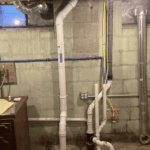
Q: What role can builders, architects, and developers play in designing for prevention rather than remediation?
A: Prevention should be standard. The most cost-effective approach is to install passive soil gas control systems during construction, conveyance piping that allows for ventilation if needed. This adds very little cost upfront and can easily be converted to an active system later by adding a fan. Codes should require this in all new construction.
Q: As climate change impacts weather patterns and soil conditions, what long-term effects could that have on radon or vapor intrusion risks?
A: Soil moisture and composition will shift. As soil expands or contracts, new pathways for gas movement can be created. Climate also impacts building pressure. In Detroit winters, a 70-degree indoor space next to 5-degree outdoor temperatures significantly increases soil gas entry. We see different impacts between heating and cooling seasons, which is why building characterizations should account for both.
Q: How do commercial and institutional facilities—like hospitals, universities, or municipal buildings—approach mitigation differently from residential projects?
A: The characterization process is the same—you assess the building, identify sources, pathways, and influences. But mitigation can differ. In homes, we often use sub-slab depressurization. In commercial environments, many buildings already have mechanical ventilation systems with fresh air. Increasing that airflow can help control vapor intrusion. So while the tools are the same, the strategies differ.
Q: What would it take to make Southeast Michigan a model for radon risk management, and who needs to be at the table?
A: A strong regulatory framework is essential—one that protects occupants and requires qualified professionals to do the work. Schools and daycares should be required to test. Commercial buildings should test every five years, with results shared with occupants. Building codes must include soil gas control in all new construction, not just in high-risk zones. And stakeholders need to include indoor air advocates, health organizations, state officials, builders, and community groups.
There’s also a financial argument: Michigan sees roughly 8,000 lung cancer cases annually, about 1,000 of which are linked to radon. That costs taxpayers around $400 million a year. Preventing exposure is far less costly than treating disease. Ultimately, proactive management saves lives and money.
Be sure to subscribe to our newsletter for regular updates on sustainable business practices in and around Detroit.
Kim Kisner
- All
- Business
- Community
- Education
- Events
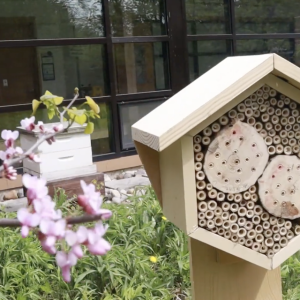
Pollinators are essential to Michigan’s ecosystems, food systems, and long-term environmental resilience — yet they face increasing threats from habitat loss, pesticides, disease, and climate change. As Southeast Michigan looks for scalable, science-based approaches to ecological stewardship, the University of Michigan-Dearborn has emerged as a voice in pollinator conservation, sustainability, and community education. SBN Detroit interviewed Dr. David Susko, Associate Professor of Biology and Chair of Biology in...
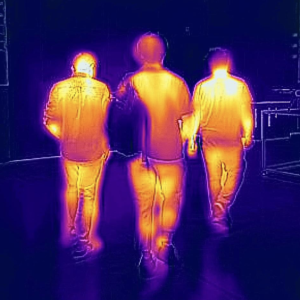
ThermoVerse is a Detroit-based urban innovation startup founded by engineer and researcher Shantonio Birch. The company’s work centers on advanced thermal energy storage and people-focused building technologies that reduce waste, stabilize indoor environments, and free up electrical capacity. SBN Detroit interviewed Birch about the future of grid resiliency, energy equity, and why Southeast Michigan is positioned to lead in next-generation smart city innovation. Q: What is the impetus...
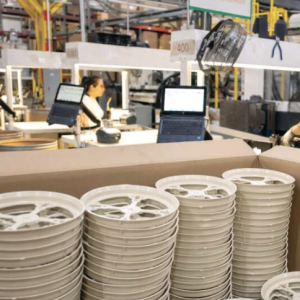
In the manufacturing world, sustainability is increasingly defined not just by recycling, but by what kind of recycling. For PolyFlex Products, based in Farmington Hills and part of Nefab Group, the future lies in creating closed-loop systems where materials are reused for equal or higher-value purposes — not simply “downcycled” into lower-grade goods. PolyFlex, which designs and manufactures reusable packaging and material handling solutions for the automotive and...


